order
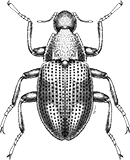
Coleoptera
“Adult Beetles”

Coleoptera
“Larval Beetles”

Diptera
“True Flies”

Ephemeroptera
“Mayflies”
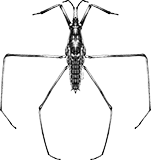
Hemiptera
“True Bugs”

Lepidoptera
“Aquatic Caterpillars, Snout Moths”

Megaloptera
“Alderflies, Dobsonflies, and Fishflies”
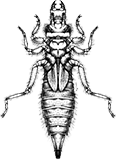
Odonata
“Dragonflies and Damselflies”
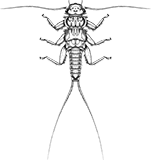
Plecoptera
“Stoneflies”
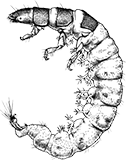
Trichoptera
“Caddisflies”
family
Ceratopogonidae
“Biting Midges”
Family Overview
Ceratopogonidae


Biting Midges
Sometimes called No-See-Ums, Punkies, or Sand Flies, this fly family includes approximately 34 North American genera, encompassing over 100 species; though not all are aquatic, most genera have at least a few aquatic species. Aquatic/semiaquatic larvae can be found burrowing in damp sand along beaches, swimming and sprawling among plants in both flowing and still water habitats, sometimes even in water-filled tree holes or pitcher plants. Feeding habits vary greatly depending on the species and maturity of the larvae, they are often predators of aquatic insect eggs, others are collector-gatherers or grazers on periphyton and detritus. Aquatic pupae do not make cocoons; they stay near the water surface and use snorkel-like structures that protrude from the thorax to breathe air. Many adult females bite and feed on blood; they need the protein to produce eggs. The bites of most species cause an annoying itch; some terrestrial species are considered pests and can transmit human filarial worms and diseases of other birds and mammals.
Characteristics
POLLUTION TOLERANCE
Mid-Atlantic: 6 - 10
Upper Midwest: up to 10
Midwest: 4.4 - 5.7
Southeast: 6.5 - 6.8
0 = least tolerant, 10 = most tolerant
FEEDING HABITS
Collector / Filterer
Collector / Gatherer
Engulfer / Predator
Collector / Gatherer
Engulfer / Predator
MOVEMENT
Burrower
Planktonic
Sprawler
Swimmer
Planktonic
Sprawler
Swimmer
Diagnostic Characters
order
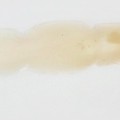
Legs Absent
family
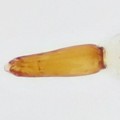
Head Complete and Exposed
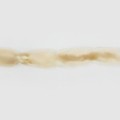
With Or Without Prolegs
+ Expanded Character List
Order:
Wings and wing pads absent. Eye spots sometimes visible, but compound eyes absent. Segmented legs absent, but sometimes fleshy prolegs present. Sometimes with distinct head, often without head or with head drawn deeply into thorax. Body flattened, cylindrical, or maggot-like.
Family:
Mandibles move against each other along a horizontal or oblique plane. Head complete and fully exposed. Spiracles absent (apneustic). Thoracic segments individually distinguishable. Thorax and abdomen similar in diameter or abdomen wider. If prothorax without prolegs, body usually smooth, shiny, and cream-colored, usually without any surface features except few setae, especially posteriorly, and sometimes single retractile anal proleg bearing few hooks. If prothorax with pair of ventral prolegs, then prothoracic and anal prolegs usually paired (even if divison slight and only at apex) and distinct dorsal fleshy projections and/or setae along body. Mature larvae approximately 2–15 mm long.
Ventral




